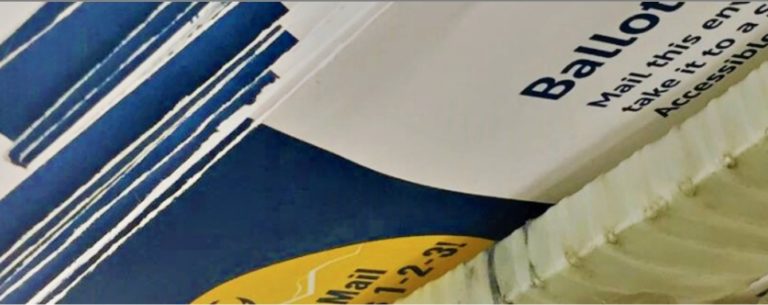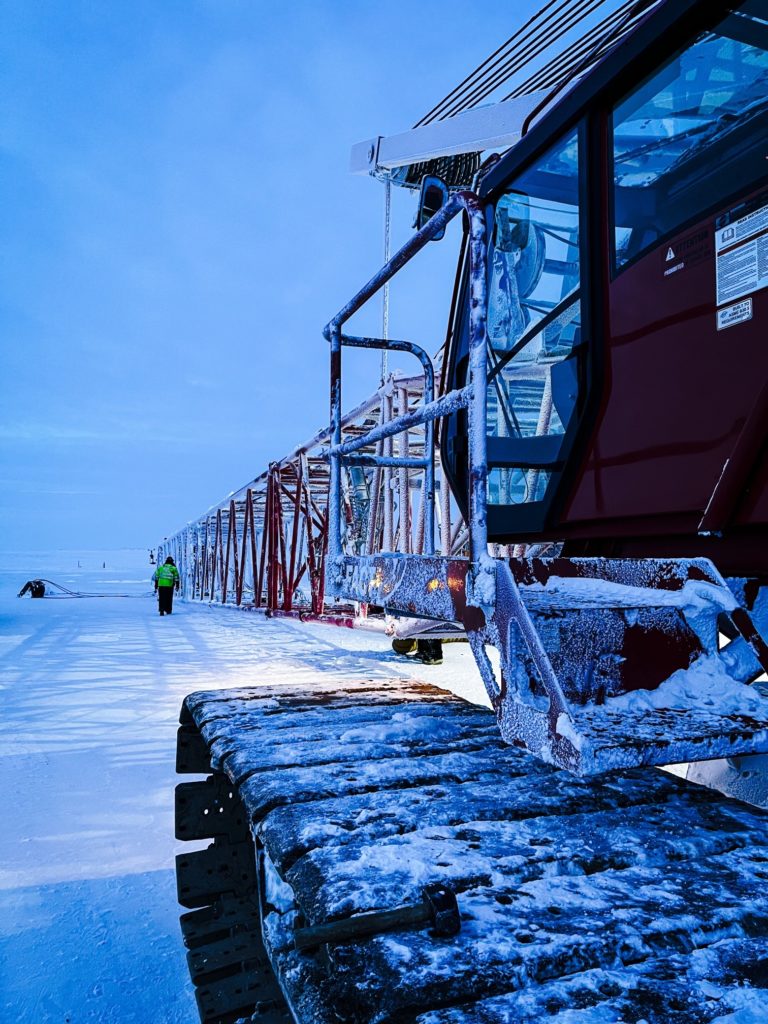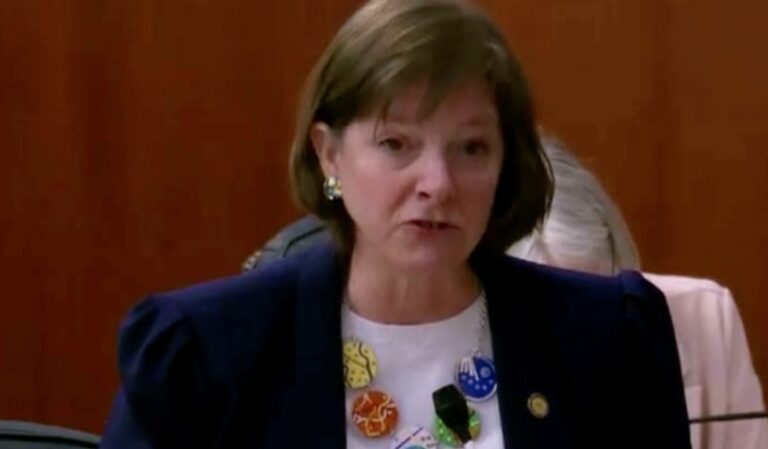The polls have closed in Anchorage. We have results below. These numbers will be updated in coming hours and days. All results on April 1 are preliminary, as mailed-in ballots will continue to arrive in coming days.
Turnout citywide is 16.43% with many ballots still en route. 39,142 ballots have been counted.
Preliminary results are:
Anchorage Assembly Candidates
District 1 – Seat L – North Anchorage
Daniel Volland 56.41%
Nick Danger 8.49%
Daniel George 29.43%
District 2 – Seat A – Chugiak, Eagle River, JBER
Kyle Walker 36.98%
David Littleton 6.51%
Jared Goecker 49.92%
District 3 – Seat D – West Anchorage
Kameron Perez-Verdia 60.58%
Jonathan Duckworth 11.43%
Amie Steen 20.29%
District 4 – Seat F – Midtown Anchorage
Erin Baldwin Day 59.79%
Don Smith 33.91%
District 5 – Seat H – East Anchorage
Angela Frank 21.30%
John Stiegele 20.85%
Yarrow Silvers 47.82%
District 6 – Seat J – South Anchorage, Girdwood, Turnagain Arm
Darin Colbry 7.59%
Keith McCormick 82.50%
Anchorage School Board Candidates
School Board – Seat A
Margo Bellamy 53.60%
Alexander Rosales 38.71%
School Board – Seat B
Mark Anthony Cox 38.09%
Kelly Lessens 54.30%
PROPOSITION NO. 1: CAPITAL IMPROVEMENTS FOR THE ANCHORAGE SCHOOL DISTRICT BONDS PASSED 50.65% to 48.19%
PROPOSITION NO. 2: ANCHORAGE ROADS AND DRAINAGE SERVICE AREA ROADS AND STORM DRAINAGE BONDS PASSED 60.91% to 38.17%
PROPOSITION NO. 3: ANCHORAGE PARKS AND RECREATION SERVICE AREA CAPITAL IMPROVEMENT BONDS PASSED 54.52% to 44.58%
PROPOSITION NO. 4: ANCHORAGE METROPOLITAN POLICE SERVICE AREA BONDS PASSED 51.17% to 46.86%
PROPOSITION NO. 5: AREAWIDE PUBLIC SAFETY CAPITAL IMPROVEMENT BONDS PASSED 56.78% to 42.23%
PROPOSITION NO. 6: SENIOR CENTER AND LIBRARIES CAPITAL IMPROVEMENT PROJECT BONDS PASSED 57.38% to 40.43%
PROPOSITION NO. 7: ANCHORAGE FIRE SERVICE AREA FIRE PROTECTION BONDS PASSED 63.37% to 34.11%
PROPOSITION NO. 8: GIRDWOOD VALLEY SERVICE AREA BONDS – FAILED 45.61% to 49.25%
PROPOSITION NO. 9: CHUGACH STATE PARK ACCESS SERVICE AREA BONDS PASSED 53.59% to 43.89%
PROPOSITION NO. 10: ANCHORAGE ROADS AND DRAINAGE SERVICE AREA SNOW-RESPONSE AND FLEET VEHICLE SPECIAL TAX LEVY PASSED 59.37% TO 38.50
PROPOSITION NO. 11: ANCHORAGE METROPOLITAN POLICE SERVICE AREA POLICE VEHICLE SPECIAL TAX LEVY FAILED 44.19% TO 53.55%
PROPOSITION NO. 12: CHUGIAK, BIRCHWOOD, EAGLE RIVER RURAL ROAD SERVICE AREA (CBERRRSA) MILL RATE ADJUSTMENT FAILED 42.89% TO 54.80%
PROPOSITION NO. 13: APPROVING DE-ANNEXATION OF LOT 2 HUISINGH SUBDIVISION, ACCORDING TO PLAT 77-258, THEREOF, FROM THE TOTEM LIMITED ROAD SERVICE AREA (LRSA) AND AMENDING THE TOTEM LRSA BOUNDARIES IN ANCHORAGE MUNICIPAL CODE SECTION 27.30.700, EFFECTIVE RETROACTIVE TO JANUARY 1, 2025. PASSED 81.08% TO 16.22%
PROPOSITION NO. 14: APPROVING DE-ANNEXATION OF LOTS 1 & 16 BLOCK 2 ELMORE SUBDIVISION, ACCORDING TO PLAT P-635, THEREOF, FROM THE BIRCH TREE/ELMORE LIMITED ROAD SERVICE AREA (LRSA) AND AMENDING THE BIRCH TREE/ELMORE LRSA BOUNDARIES IN ANCHORAGE MUNICIPAL CODE SECTION 27.30.700, EFFECTIVE RETROACTIVE TO JANUARY 1, 2025. PASSED 54.92% TO 40.44%
PROPOSITION NO. 15: APPROVING ANNEXATION OF LOTS 6-18 BLOCK 2, AND LOTS 9-13 BLOCK 3, EQUESTRIAN HEIGHTS SUBDIVISION, ACCORDING TO PLAT 87-14, THEREOF, INTO THE BIRCH TREE/ELMORE LIMITED ROAD SERVICE AREA (LRSA) AND AMEND THE BIRCH TREE/ELMORE LRSA BOUNDARIES IN ANCHORAGE MUNICIPAL CODE SECTION 27.30.700, EFFECTIVE RETROACTIVE TO JANUARY 1, 2025. PASSED 51.09% TO 43.99%














